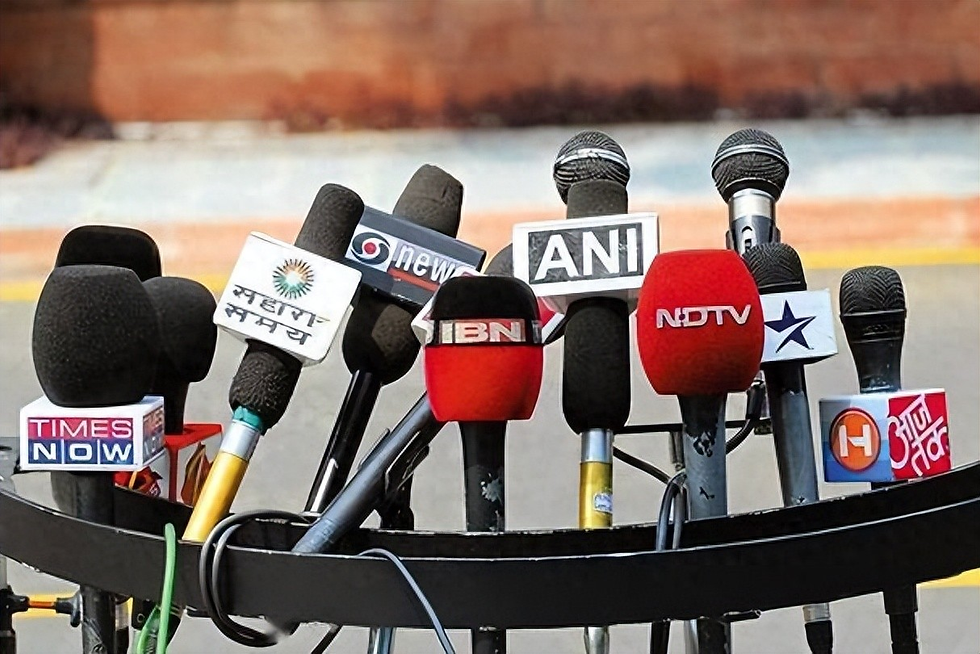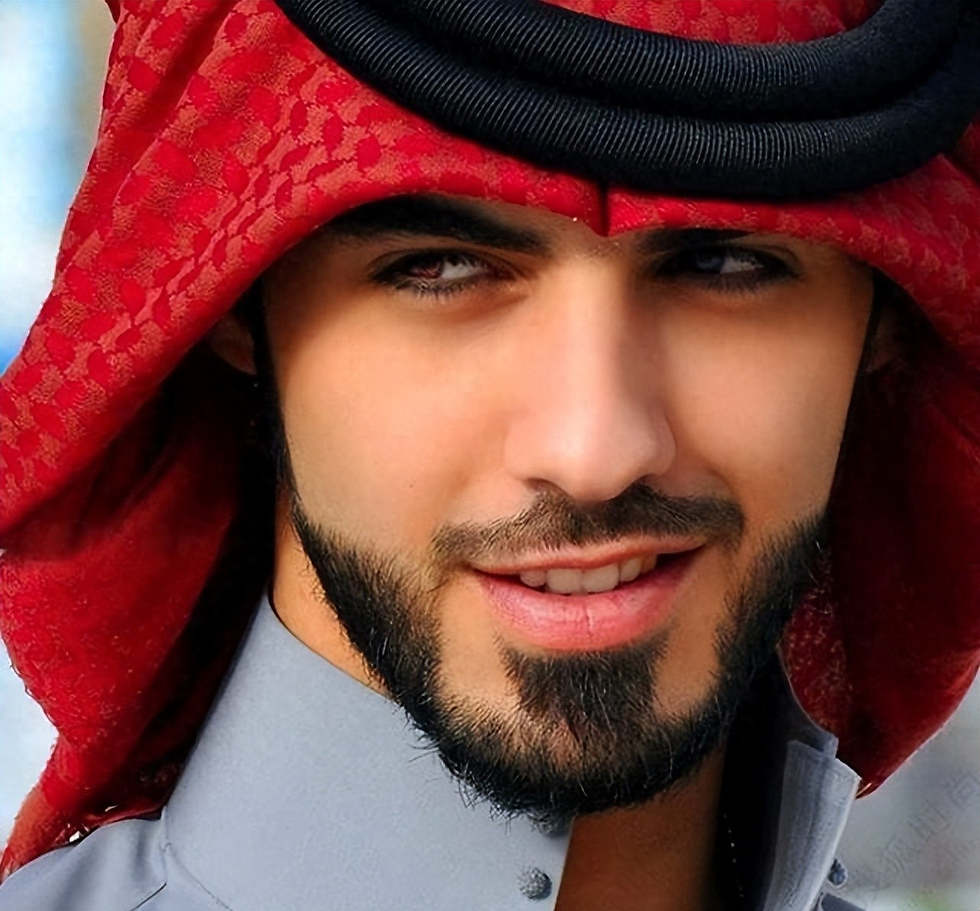Recently, Russian tank units have been continuously evolving in combat.
- CosDream News

- Jul 3, 2024
- 4 min read
Updated: Jul 4, 2024
Recently, the Russian military released multiple combat videos of tank units, showcasing the modifications and battle scenes of several third-generation tanks, including the T90M, T90A, T80BVM, and T72B3M.
Especially notable was the rare exposure of photos showing two T14 tanks operating in the jungle.
The fourth-generation tanks are secretly "leveling up," while the third-generation tanks are undergoing extensive modifications and upgrades. The Russian tank units are continually evolving and improving through real combat experiences.
It's been nearly a decade since the T14 tank made its debut, yet it has not been mass-produced on a large scale.
It is possibly serving as a test model to verify new technologies, which, once matured, will be used in the final production version of the fourth-generation tanks.
The latest released photos of two T14 tanks in the Ukrainian jungle were reportedly taken in the fall of 2023.
These photos show T14 tanks conducting tactical drills in a jungle environment, further testing their combat capabilities under complex terrain conditions.
As Russia's next-generation main battle tank, the T14 boasts several advanced technologies, including an active protection system, unmanned turret, and advanced armor design.
However, the mass production plans have been delayed, likely due to the high production costs and complex technical challenges.
Despite this, the combat deployment drills of the T14 indicate that the Russian military is continually exploring and refining this new weapon system, anticipating its significant role in future battlefields.
Recently released footage of the T90A tank in combat has also drawn widespread attention.
On the Syrian battlefield, the T90A successfully withstood a hit from a U.S. TOW heavy anti-tank missile, demonstrating its excellent protection capabilities.
However, the T90A was only a transitional model with limited production. The combat experience gained with the T90A laid the foundation for the development of the truly mass-produced T90M.
Compared to the T90A, the T90M tank has undergone several upgrades and improvements.
The T90M tanks shown in the videos have large canopies covering the entire roof, enhancing their protective features.
Additionally, the T90M has removed the "big eyes" infrared jamming device of the T90A, possibly because this device was not effective in actual combat.
The new T90M exhibits stronger adaptability and survivability against various threats on the modern battlefield.
Equally eye-catching are the combat scenes involving the T80BVM tank.
These T80BVM tanks have been significantly modified, with canopies resembling "mosquito nets" covering the entire turret.
The canopy is also draped with "cloak"-style camouflage nets, giving them a flowing appearance during movement.
These modifications not only enhance the tank's concealment but also improve its survivability in jungle and urban environments.
Another version of the T80BVM has undergone radical modifications, with large canopies and wire mesh covering the vulnerable turret and rear of the vehicle.
These modifications are clearly intended to enhance the tank's protection against drones and anti-tank missiles.
The combat footage of the T72B3M tank also showcases its comprehensively upgraded protection systems.
The entire tank is covered with dense camouflage nets and equipped with canopies, with three sets of electronic jammers mounted on the canopy, giving it a very futuristic look and excellent camouflage effects.
Another modified version of the T72 tank not only has canopies but also embedded explosive reactive armor and electronic jammers on the canopy, maximizing its protective measures.
These videos demonstrate that the Russian tank units are continually making technical improvements and upgrades in real combat to cope with the complex and changing battlefield environment.
This ongoing technological innovation and the accumulation of combat experience ensure that Russian tanks maintain a certain level of competitiveness in modern warfare.
Recently, the Russian military has also showcased their tactical drills under various terrain conditions.
Whether on open plains, in jungles, or urban environments, Russian tank units have demonstrated high adaptability.
The various modifications and upgrades of the tanks have not only improved their protective performance but also enhanced their concealment and survivability in different combat environments.
Additionally, the Russian military is continually refining the command and control systems of its tank units, utilizing advanced communication equipment and battlefield management systems to improve coordinated combat capabilities.
These technological and tactical advancements enable the Russian tank units to better handle various modern battlefield threats with greater composure.
The Russian tank units are continually evolving and upgrading through real combat, showcasing their strong technical research and development capabilities and flexibility in adapting to modern warfare.
In the future, with the gradual perfection and mass production of new weapon systems like the T14 tank, the combat capabilities of the Russian tank units will be further enhanced.
However, the complexity and variability of modern warfare require tank units not only to have powerful firepower and protection but also to conduct in-depth research and innovation at the tactical and strategic levels.
In their future development, the Russian tank units need to continue strengthening technical research and development, enhancing command and control capabilities to maintain a competitive edge on future battlefields.
Through continuous technological innovation and tactical evolution, the Russian tank units demonstrate strong combat effectiveness and adaptability in real combat.
These efforts not only enhance the Russian military's competitiveness in modern warfare but also lay a solid foundation for future battlefield deployments.














Comments